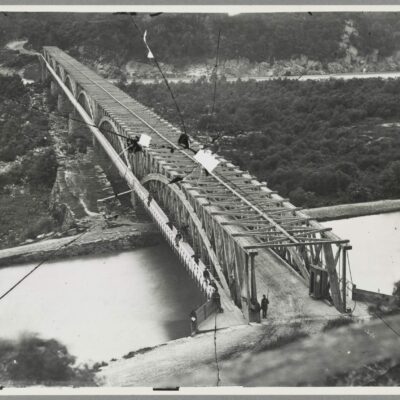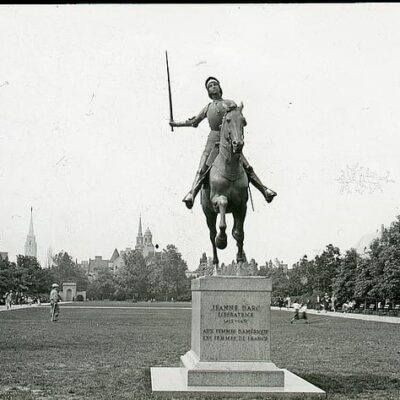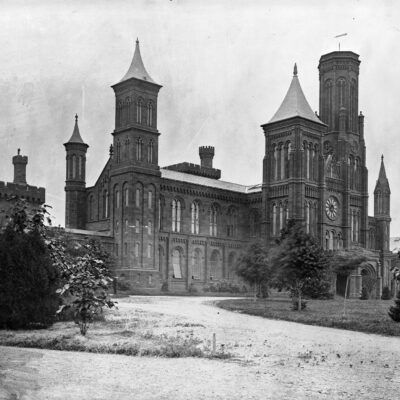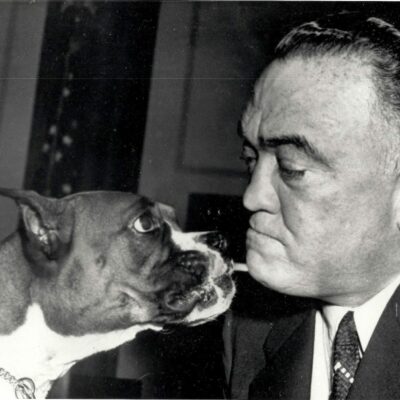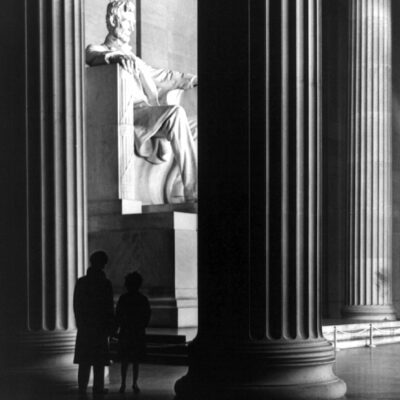Most young girls dream of being a princess and young women of finding a love so strong that the prince would leave his throne for her. Though this happened to Grace Kelly and Wallis Simpson, it wouldn’t be so for young Katherine Elkins, who had a much gossiped about relationship with the Duke of Abruzzi.
Born in the Royal Palace of Madrid in 1873 to the House of Savoy, Prince Luigi Amedeo Giuseppe Maria Ferdinando Francesco of Savoy-Aosta was the infante of Spain, later to become the Duke of the Abruzzi. For the sake of word count, we’ll just call him the Duke. He was the grandson of the King of Italy and son to the (at the time) King of Spain in a royal family that could trace its lineage of upper classdom to the 12th century.
As a young man, the Duke took to mountaineering. He climbed Alaskan glaciers, Ugandan peaks, Pakistani mountains, but his most well known exploit is the expedition to the North Pole. Though he set a record in 1899, he never quite made it and lost two fingers in the process. During WWI, he was vice-admiral of the Italian Adriatic fleet where he single handily saved the entire Serbian army. Obviously, this isn’t true but to glance at the proud stature, far away gaze and regalia adorning his uniform – he seems the kind of man one would easy believe could single handedly save an army.
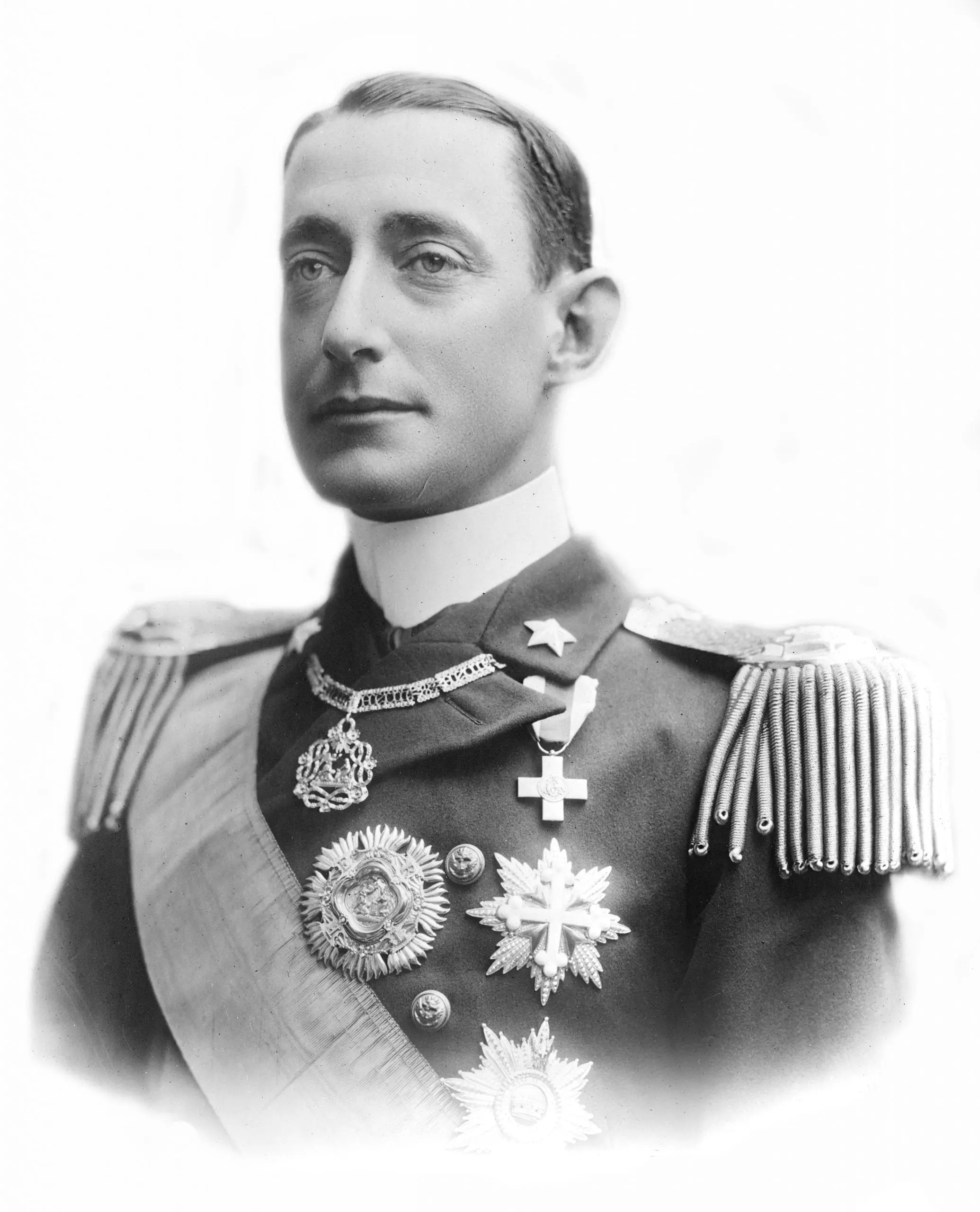
What was lacking from his remarkable life was a love interest. Fitting for this adventurer, he falls into a scandalous romance with an American. Katherine “Kitty” Hallie Elkins was the daughter of politician Stephen Benton Elkins and his wife, Hallie Davis Elkins.
The reports of their first meeting are conflicted. But most accounts state it was in Florida, 1907, on his third visit to America where the Duke met young Kitty. When the Elkins left for Baltimore, the Duke accompanied them.
The engagement of Kitty Elkins to the Duke of Abruzzi was announced unofficially in the newspapers in 1909. The Duke had secretly been courting her for the two years prior and with the announcement; the gossips, rumors and speculation began. European royalty came out in full force both in favor and against the marriage of royalty to a commoner. Kitty herself claimed there was no engagement and her father simply stated it was none of the publics business. Being told not to pay attention to the affair only made the public hunger for more.
Newspapers from November 1910 speculate the whereabouts of Kitty. Some claimed she was in Lugarno converting to Catholicism to prepare for the marriage to the Duke, while others say she was in Washington caring for her ailing father. The American public loved a lover and throughout the early nineteen-teens believed Kitty was to be named Duchess of Teramo.
Italians were in an uproar to that threat of their prestige that the Duke would marry on commoner. While the Duke committed to the marriage, claiming it would continue with or without consent from his cousin the King of Italy, white paint was being prepared for a fresh coat on Italian battle ships to escort the Duke and future Duchess to be back to Naples for their honeymoon. A wedding cake was designed and said to be a “one-thousand pound affair” and the tiara meant for Kitty’s head was worth $120,000 (not adjusted for inflation!)
The Duke refused royal marriage proposals to the princess of Russia, Romania and Connaught for his love of Kitty. For five faithful years he courted her and went against the wishes of his family and country. The most ardent opposition of the Dukes marriage to “this daughter of a coal dealer” came from his sister in law, the Duchess Helene of Aosta. The Dowager Queen Margharita was initially against the marriage and while she never gave consent she eventually decided just not to interfere. To the people of Italy, Kitty is simply known as “the foreigner.”
For five years, international travel and cables, back and forth between the parents and children to find approval for this love affair. At first Senator Elkins gave his consent, but when the Italian court said they would not recognized Kitty as a duchess beyond the title, Elkins refused. At one point, it was suggested the Duke give up his title and move to America to live off the Elkins wealth and connections.
And in those full five years, the beautiful Kitty had another suitor. William Hitt of Washington, who was the preferred choice of Kitty’s father, who wanted an American son in law. With the encouragement of Senator Elkins and Kitty’s brother, Hitt continued his courtship of the young girl. Despite an engagement announcement and wedding date, he continued to patiently wait and declare his intentions.
Despite the fact that the Italians wanted nothing to do with “the foreigner”, a bigger insult to their pride would be if “the foreigner” chose a commoner to an Italian duke. When an unfounded rumor spread that Hitt and Elkins had married, it was said that Hitt was in Rome. The Romans searched local hotels trying to find him in order to challenge him to a duel, but to no avail as the rumor in both aspects was untrue.
Hitt said he would serve Kitty for seven years and then she must decide. He knew, or hoped he knew, that the Duke and his love would never be permitted to marry. In late 1913, the triangular love affair would have all its members in Paris and the world was waiting to see who would Kitty chose?
In Paris, Kitty was seen in the continued presence of Billy Hitt, who returned aboard the same steamship as the Elkins to the States. Through the years, the engagement of Kitty Elkins to the Duke of Abruzzi was always imminent and surely to happen next month, when the King consented, or the following month when the Duke returned from the Himalayas. Despite the publics desire for a happy ending for the Duke, all rumors of the pending engagement were quashed when Kitty and Billy wed October 27, 1913.
It was an informal and surprise affair. With no hundred-thousand-dollar tiara or thousand pound wedding cake, Mrs. Hitt only learned of her son’s marriage by telegram and Mrs. Elkins only a few hours prior to the ceremony.
In the end, picking Billy was the wrong choice. They found they were not compatible as lovers but merely as friends and Kitty quietly filed for divorce in France, as was common at the time. They both remained in Washington, DC and frequently met at social events and parties.
In 1920, after not hearing from the Duke for some time, the American people found renewed interested in this love, or rather love loss, story. The Duke was leaving the palaces of Venice to live in Somalia. What other reason would he have to abandon the glitz and glamour of a royal live for the remote African country but to due the continued disappointment from losing his one true love, Kitty? It is said that he claimed if he could not marry Kitty, he would never marry at all. In the end, however, he married a young Somalian woman, Faduma Ali, having given up worrying about the consent of his family to marry a foreign commoner.
The Duke died in 1933 in Somalia and whether it is meaningful or coincidence in timing, Kitty and Billy remarried that same year and remained so until her death three years later. Katherine Elkins Hitt is buried in Rock Creek Cemetery in Washington, DC and what the American public still said to be her one true love buried an entire ocean away.
—Excerpt (and a rough draft at that) from the upcoming book Wild Women of Washington, D.C.: A History of Disorderly Conduct from the Ladies of the District, to be released in March 2014.
